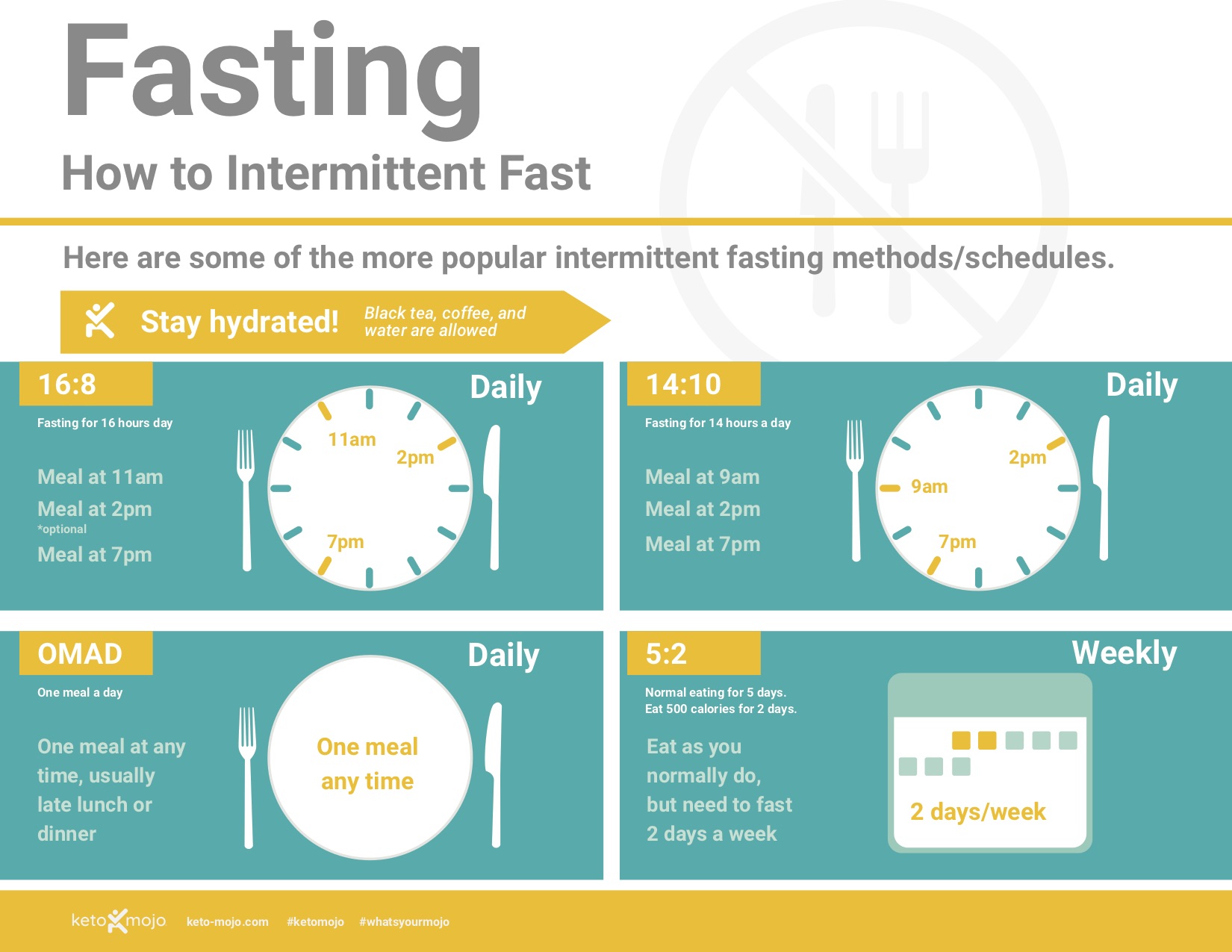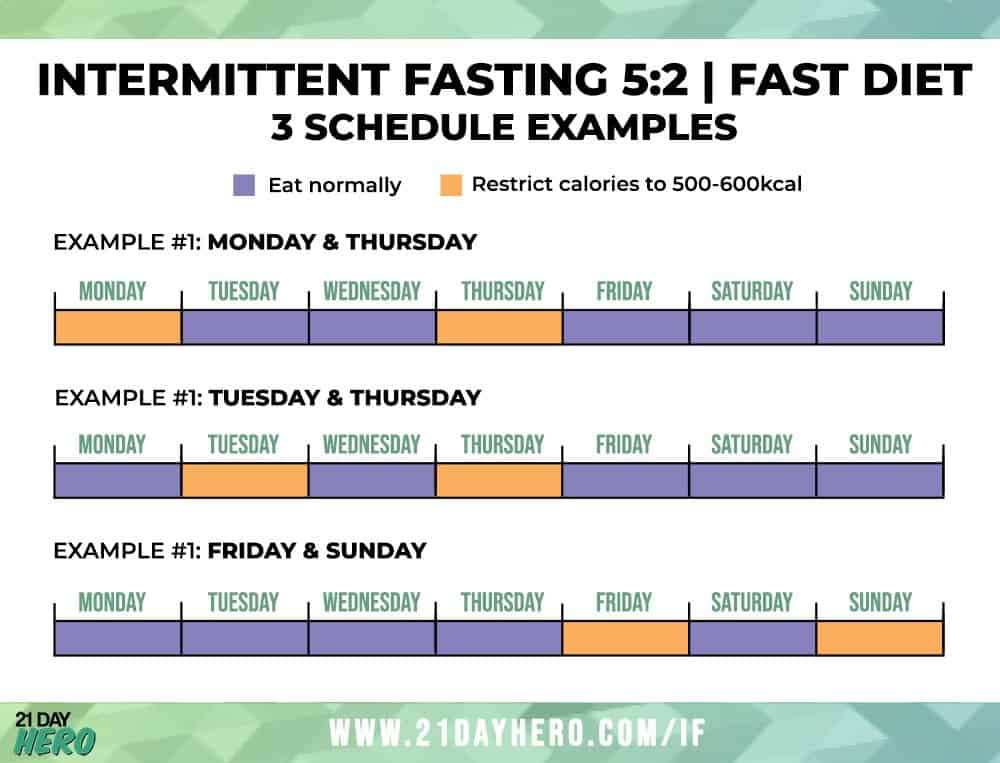Introduction: The Basics of Intermittent Fasting
Intermittent fasting has gained popularity as an effective eating pattern, offering various health benefits and methods. As a beginner, selecting the right beginner intermittent fasting schedule is crucial for long-term success and enjoyment. This comprehensive guide will help you understand intermittent fasting and its different schedules, focusing on those suitable for beginners.
Understanding Intermittent Fasting: A Comprehensive Guide for Newcomers
Intermittent fasting is an eating pattern that cycles between periods of eating and fasting, providing numerous health benefits. Its history can be traced back to ancient civilizations, while modern science has recently started to recognize its advantages. The concept of a beginner intermittent fasting schedule has emerged as a result, making it easier for newcomers to adopt this lifestyle.
Various intermittent fasting schedules exist, each with its unique approach and benefits. For beginners, it’s essential to choose a schedule that aligns with their lifestyle and goals. Some popular beginner-friendly options include the 16:8 method, the 5:2 diet, and the Eat-Stop-Eat method. These schedules offer flexibility, simplicity, and gradual adaptation to the fasting process.
The 16:8 Method: A Simple and Effective Beginner’s Schedule
The 16:8 method, also known as the Leangains protocol, is a popular and beginner-friendly intermittent fasting schedule. This approach involves eating during an 8-hour window and fasting for the remaining 16 hours. The simplicity of this schedule makes it an excellent choice for beginners looking to try intermittent fasting.
To implement the 16:8 method, beginners should first determine their daily eating window. For example, they might choose to eat between 12:00 PM and 8:00 PM, allowing them to break their fast after lunch and finish dinner at a reasonable hour. During the 16-hour fasting period, only non-caloric beverages, such as water, tea, and coffee, are permitted.
Tips for beginners adopting the 16:8 method include:
- Start by gradually increasing the fasting window, adding a couple of hours at a time.
- Stay hydrated by drinking plenty of water, tea, or coffee during the fasting period.
- Eat nutritious meals during the eating window, focusing on whole foods and balanced nutrition.
- Experiment with different eating windows to find the most suitable schedule.
- Be patient and consistent, allowing the body to adapt to the new eating pattern.
The 5:2 Diet: A Flexible Approach for Intermittent Fasting Beginners
The 5:2 diet is a popular intermittent fasting schedule that involves eating normally for five days of the week and restricting calorie intake on the other two days. This flexible approach allows beginners to ease into fasting while still enjoying their favorite foods most of the time. The 5:2 diet is also known as the Fast Diet.
On fasting days, men typically consume 600 calories, while women aim for 500 calories. These low-calorie days should still include balanced nutrition, focusing on nutrient-dense foods such as vegetables, lean proteins, and whole grains. It’s essential to spread these calories throughout the day, having small meals or snacks instead of one large meal.
The 5:2 diet differs from other intermittent fasting schedules because it focuses on calorie restriction rather than complete abstinence from food during fasting periods. This makes it a more approachable option for beginners who may find the idea of a full 24-hour fast intimidating.
To successfully adopt the 5:2 diet, beginners should:
- Choose nutrient-dense foods on fasting days, avoiding processed and high-calorie items.
- Stay hydrated by drinking plenty of water, tea, or coffee during fasting days.
- Eat normally on non-fasting days, avoiding overindulgence or excessive calorie consumption.
- Monitor energy levels and adjust the fasting days schedule if needed.
- Consider consulting a healthcare professional before starting the 5:2 diet, especially for those with specific health concerns or conditions.
The Eat-Stop-Eat Method: A Challenging but Rewarding Option for Beginners
The Eat-Stop-Eat method is a more advanced intermittent fasting schedule that involves a 24-hour fast, usually performed once or twice a week. This approach can be challenging for beginners but offers significant benefits, including weight loss, improved insulin sensitivity, and increased autophagy (the body’s process of cleaning out and recycling damaged cells).
To prepare for a 24-hour fast, beginners should:
- Gradually increase their fasting window, starting with shorter periods and working their way up to 24 hours.
- Stay hydrated by drinking plenty of water, tea, or coffee during the fasting period.
- Eat a nutritious meal before starting the fast, ensuring they consume enough calories and nutrients to sustain them through the fasting period.
- Break the fast with a balanced meal, avoiding overindulgence or excessive calorie consumption.
- Monitor energy levels and adjust the fasting schedule if needed.
While the Eat-Stop-Eat method can be effective, it may not be suitable for everyone. Potential drawbacks include:
- Increased hunger and cravings, which can be challenging to manage for beginners.
- Possible nutrient deficiencies if not careful about maintaining a balanced diet during non-fasting days.
- The potential for overeating or binge eating after the fasting period, especially for those with a history of disordered eating.
Before attempting the Eat-Stop-Eat method, beginners should consult a healthcare professional, especially if they have specific health concerns or conditions.
How to Choose the Perfect Intermittent Fasting Schedule for Your Lifestyle
Selecting the ideal intermittent fasting schedule is crucial for beginners to successfully adopt this eating pattern. Factors such as work schedule, social life, and personal health considerations should be taken into account when determining the best fasting schedule. Here are some tips to help beginners choose the perfect beginner intermittent fasting schedule:
- Evaluate your daily routine: Consider your work schedule, mealtimes, and social activities. Choose a schedule that aligns with your lifestyle, ensuring minimal disruption to your daily activities.
- Set realistic goals: Determine your objectives, whether it’s weight loss, improved energy levels, or better overall health. Different schedules may be more effective for various goals, so choose one that aligns with your objectives.
- Assess your health: If you have any pre-existing health conditions or concerns, consult a healthcare professional before starting an intermittent fasting schedule. They can provide guidance on which schedule is best suited for your specific needs.
- Consider your preferences: Some people prefer a more gradual approach, while others prefer a more intense fasting schedule. Choose a schedule that you feel comfortable with and can maintain in the long term.
- Start with a beginner-friendly schedule: For most beginners, the 16:8 method or the 5:2 diet are excellent starting points. These schedules offer flexibility and ease of implementation, allowing beginners to adjust to intermittent fasting without feeling overwhelmed.
By taking these factors into account, beginners can choose the perfect intermittent fasting schedule for their lifestyle, setting themselves up for long-term success and enjoyment.
Tips and Tricks for a Smooth Transition into Intermittent Fasting
Transitioning into a beginner intermittent fasting schedule can be challenging, but with the right strategies, beginners can manage hunger, stay hydrated, and maintain a balanced diet. Here are some practical tips and tricks to ease into intermittent fasting:
- Manage hunger: Beginners might experience increased hunger during the fasting period. To combat this, consume nutrient-dense, high-fiber, and high-protein foods during the eating window. These foods can help keep you full for longer, reducing hunger pangs.
- Stay hydrated: Proper hydration is crucial during intermittent fasting. Drink plenty of water, herbal tea, or black coffee to help curb hunger and maintain energy levels. Avoid sugary drinks and excessive caffeine, which can lead to dehydration and increased hunger.
- Maintain a balanced diet: Ensure your eating window includes a variety of nutrient-dense foods, such as fruits, vegetables, lean proteins, and whole grains. This balanced diet will provide the necessary nutrients for optimal health and well-being.
- Ease into it: Gradually increase the fasting window instead of jumping into a strict schedule right away. For example, start with a 12-hour fast, then progress to a 14-hour fast, and eventually a 16-hour fast. This approach allows your body to adapt to the new eating pattern more comfortably.
- Listen to your body: Pay attention to how your body responds to intermittent fasting. If you feel sluggish, lightheaded, or experience other adverse effects, adjust your schedule accordingly or consult a healthcare professional for guidance.
By following these tips and tricks, beginners can smoothly transition into their chosen beginner intermittent fasting schedule and enjoy the benefits it has to offer.
Monitoring Progress and Adjusting Your Schedule: A Key to Long-Term Success
Monitoring progress and making adjustments as needed is crucial for long-term success with a beginner intermittent fasting schedule. By tracking weight loss, energy levels, and overall well-being, beginners can ensure their chosen fasting schedule remains effective and suitable for their lifestyle and goals. Here are some methods for monitoring progress and adjusting your schedule:
- Track weight loss: Weigh yourself regularly, ideally once or twice a week, at the same time and under similar conditions. Record your weight to monitor progress and adjust your fasting schedule if necessary.
- Monitor energy levels: Pay attention to how you feel throughout the day, especially during the fasting period. If you experience excessive fatigue, lightheadedness, or other adverse effects, reassess your schedule and consider adjusting the fasting window or consulting a healthcare professional.
- Assess overall well-being: Consider factors such as sleep quality, mood, and mental clarity. A successful intermittent fasting schedule should contribute to overall well-being, so make adjustments if necessary to ensure you feel your best.
- Be patient: Intermittent fasting is a long-term commitment, and results may take time to appear. Avoid making drastic changes based on short-term fluctuations or feelings. Instead, focus on maintaining consistency and making gradual adjustments as needed.
- Consult a healthcare professional: If you encounter challenges or concerns during your intermittent fasting journey, consult a healthcare professional for guidance. They can provide personalized advice and recommendations based on your unique needs and circumstances.
By diligently monitoring progress and making adjustments as needed, beginners can ensure their beginner intermittent fasting schedule remains effective and contributes to their long-term health and well-being goals.








